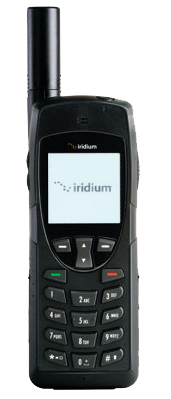Many people skip the proper safety steps because they assume they will be just fine. And though this is most likely true, it’s the type of thinking that will get you into trouble. As they say, expect the best, but prepare for the worst. Here’s what we recommend:
1.) Let someone know where you will be.
It’s important that you let someone know exactly where you plan to be and when. Give them the details of your planned route, including when you plan to leave, how long you think the hike will take you, and when you plan to be back.
Of course, we may misjudge at times how long a hike will take us, so as not to worry anyone, be sure to leave a little wiggle room for when you plan to finish up. As we suggest above, at least one person in your hiking group should have a satellite phone and that number needs to be given to your contact. Be sure to reach out to them if you’re running a bit behind to let them know your safe.
2.) Don’t hike alone.
Though it can be nice to be out in the wilderness with no one to bother you, hiking is something that is best done with a buddy. Especially when it’s a long hike where you may not see other people along the route. This is really a dangerous course of action to take and it’s really not worth the risk. Even as a seasoned hiker who is in really good shape, you just can’t predict what could happen. So bring a friend or family member along with you whose company enjoy, and if you want the quiet, sensory experience without the chit chat, just let them know.
If you really must go alone, be sure you have researched a route where you know there will be plenty of people along the trail if something goes wrong and don’t forget to bring your satellite phone so you’ll always have a line of communication that works no matter where you go.
3.) Stay on your planned route.
There are two main reasons you need to stick to the route you planned on doing.
For one, you let someone back home know exactly where you’d be and if you go off course and you don’t return home when you’re supposed to, know one will know where to look for you.
For two, you put yourself at risk. Whether that’s from getting lost because you’re in unknown territory or your body can’t handle the terrain or distance, it’s just not something you should ever do.
There’s no reason you can’t thoroughly enjoy the route you already have planned.
4.) Make smart moves.
Along your hike you’ll encounter different types of terrain such as rocks, branches, and steep downhills. Don’t try to be “cool” by bounding over these areas or doing anything else you know is risky. You do not want to end up with cuts and scrapes or an injury that doesn’t allow you to hike back to where you started, and making smart choices along your route is the best prevention for this.
5.) Take a break when you’re tired.
It can be tempting to overdo it when you’re enjoying the beautiful scenery around you. Often times hikers will be feeling good and go past their turnaround point thinking they’ll be ok to go a few extra miles. But if this is not something you’ve trained for, it can backfire on your return. So be sure to take breaks as needed and not push your body beyond what it’s capable of. There’s no shame in turning around early if you’re feeling overly fatigued. Taking care of yourself always comes first.














